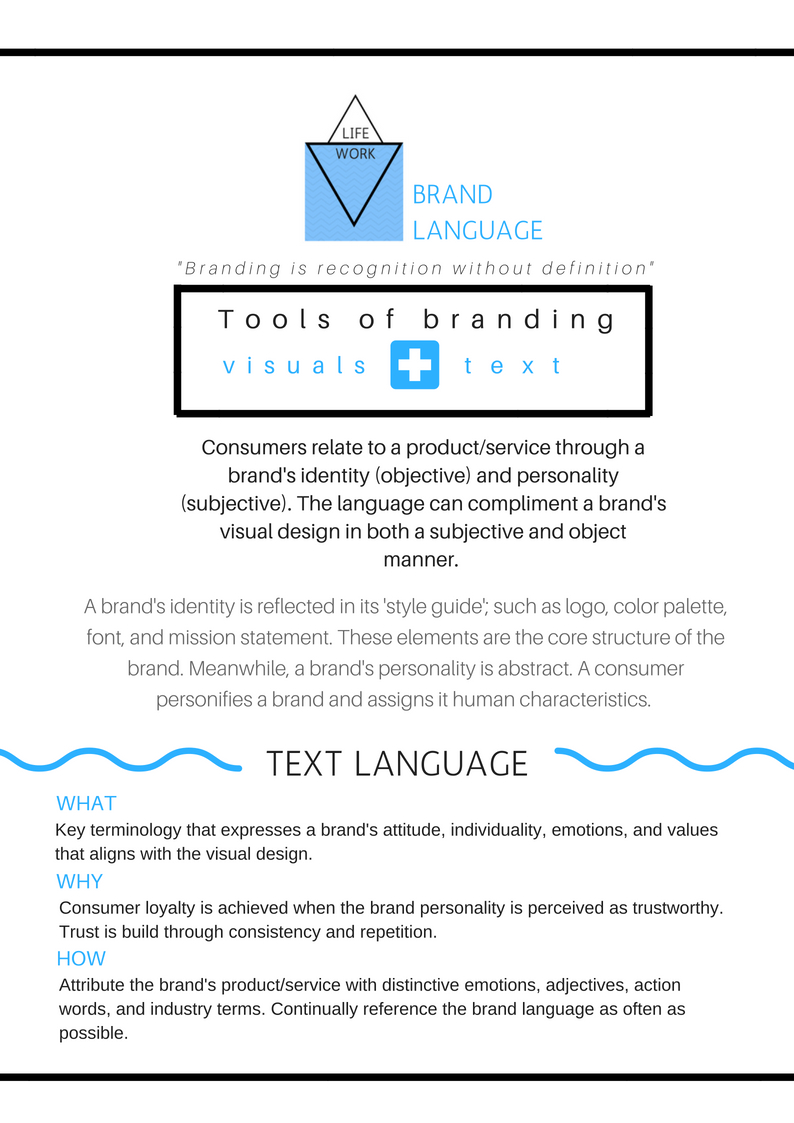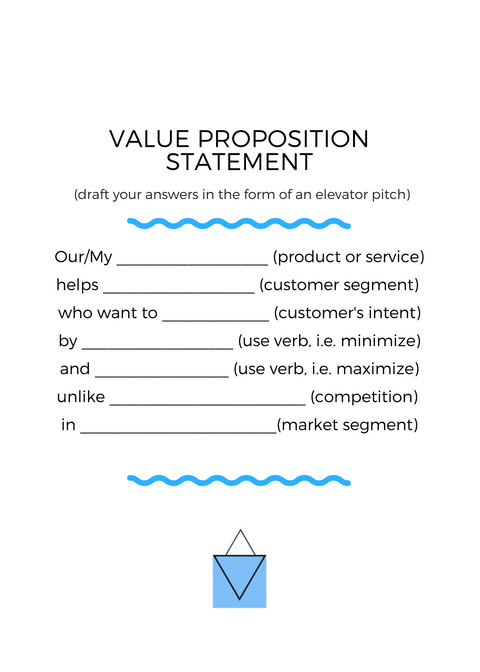Hey parents! Don’t worry, this post isn’t about critiquing your kid’s internet access or parent-shaming of any kind. This article contains actionable steps to help you lead your kids towards safe online behavior. My goal is to show you key moments for you to talk to them about the web and why it matters. With my industry tips and tools, you can map out your approach to being their positive role model and stay in the driver’s seat for as long as you can. So when it’s time to let them loose, you will have paved a solid foundation to keep them safe.
Let’s face it, kids of all ages have access to screens. From toddlers to teens, they watch videos, play games, and talk to friends and family. As they grow, they need more than just your parental supervision, they need your parental leadership. That means they need you to be available for open and clear dialogue about what’s online and how they should behave. It’s no different than when you teach them about cars in the street, when to say “thank you”, and how to interact with strangers. The same applies to the web.
Here’s a quick small step into psychology to clarify the point. From birth, it takes over 2 decades for the brain to finish its development. But particularly, from birth to 14 years old, the human brain believes every message it receives. Young minds are in a state that’s called ‘subconscious’. It’s a time in a human’s life when there isn’t an internal vetting system to accept or deny incoming information. So everything that’s heard and seen during this time will be believed for life. And THAT’S WHY lessons that start from the home, make such a lasting impact.
In the case that I have completely overwhelmed you, please breathe. I’m not trying to frighten you. Everyone’s mind develops this way. I only want to be clear that parental leadership is necessary to help your kids navigate the web. If you would like medical insight on ‘subconscious development’, I posted a link to a great article by Matthew B. James, MA, Ph.D., the President of The Empowerment Partnership. https://www.psychologytoday.com/us/blog/focus-forgiveness/201307/conscious-the-unconscious
Ok, back to kids and the internet. Most of these sites and apps are specifically designed to collect content. That means they use various tactics to encourage users to upload photos, videos, along with personal information and opinions. There is no avoiding this practice. Not everything on the web is evil. Collecting and presenting information, (no matter how pointless the content) it is pretty much how the internet functions.
I am here to empower you to establish internet etiquette as soon as possible with your child. They won’t get it all overnight but being available and modeling a positive attitude is an amazing start. Web literacy is an important skill now so do your best to prepare them vs shut them out. Try to bring calm energy to the topic…even if you don’t know what they are talking about ; )
It’s not uncommon to make a career from just existing online. And kids see that! So whether your child has a serious vision of web success or they are just having fun, it’s time to discuss their web presence. An industry term would be ‘personal brand image’. I KNOW…these are kids, they don’t NEED a brand image but we’ll want to borrow some branding techniques to give you a map on important touchpoints. Just go with me on this…
Here is the first step in branding. Every brand needs a story. Personal brands tell…you guessed it, personal stories. This is ground zero to teach your child what details about themselves are and ARE NOT appropriate to share. The adults out there on the web building personal brands are intentionally editing and crafting their narrative to appeal to an audience. They only show the good stuff. Kids are learning that younger and younger but there is still an opportunity for you to talk with them. So lesson one: enact a commitment to personal privacy with your family. Create a list of topics or people that they need to agree to remain private. Examples can be your place of business, your/their last names, street addresses, and also health info. Trust me….health information is worth big bucks! If you acknowledge that creating profiles and passwords is just the way things are…you can encourage kids to follow protocols about usernames and passwords. Like I said, present a stance for leadership instead of censorship. Just to be clear, I’m referring to sites and apps that you have already approved. And use every type of parental guide you have up your sleeve. I’m merely suggesting that you don’t speak about the internet like it’s dirty. Instead, talk about it like its driving. Its something they will do on their own one day but for now, you’re at the wheel.
The next step in branding is ‘image’. This is your chance to discuss selfies and other types of content they intend to upload (of) themselves. Open up the conversation about personal dignity. You may have heard of the “Dolly Parton” challenge. This is adult humor (aka Tinder) but the point of this meme is that there is a difference between content and subject matter. Start by showing them your LinkedIn profile picture. If you are brave enough…possibly share a story of something that is/was online that was personally negative for you (and your mental health). My goal is to get your kids to trust you and come to YOU for advice instead of god knows where else. And don’t forget!! Mention that the internet is a permanent library of content. What gets uploaded is never actually erased even if it’s “taken down’“.
This portion of branding is called ‘audience engagement’ but for our purposes, I’m focusing on video game opponents, commenters on social media, friend/follower requests. The people on the other side of that screen. This is very difficult to navigate even as an adult. Cyber-bots or catfishes are everywhere. This topic is crucial. So get in there! Take interest in their social media, web shows, and video games. When they are young, they want your attention, so ask away. Be genuine and look at their posts or YouTube shows. Notice the ads or pop-ups and remind them not to engage. Look at their messages or comments. Ask about the people that they are engaged with the most. These ‘virtual kids’ are hanging out with your children just as much as their ‘in real life’ school friends. Topics like bullying may come up. My advice is the same as it would be for my branding clients. Speak to someone online as if they are standing right in front of you. In short: accountability is sacred. Kids can’t always grasp what they can’t see. But bring them back with a talk about feelings. They know how things feel. For instance, what does it feel like to read mean comments? Or write one. Express your values about how to treat others. This is also a good segue into mental health. Just like you would tell a doctor if something hurts. Remind them that mental pain is just as significant as physical pain. Comfort them that expressing their thoughts online is not necessarily wrong but that you come to family first. Once you’ve made that point, reinforce that your family has rules about discussing sharing personal information.
I kept this post geared towards young kids. I can discuss more mature dynamics regarding this topic if folks want. Just reach out : )





